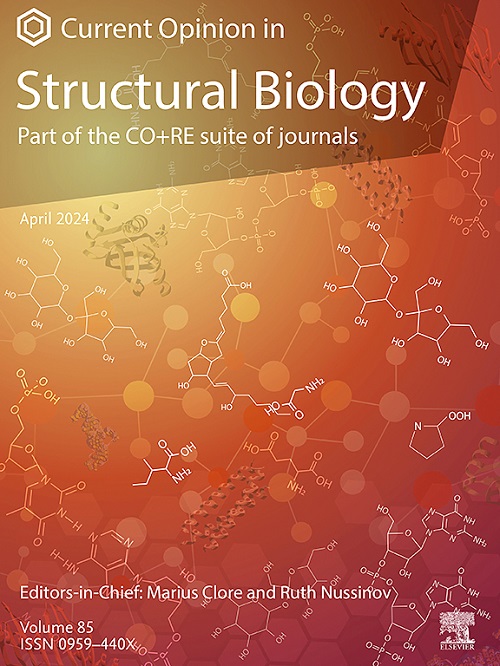Profiling regulatory elements in vivo by genome-wide methods
IF 6.1
2区 生物学
Q1 BIOCHEMISTRY & MOLECULAR BIOLOGY
引用次数: 0
Abstract
The biology of gene regulation in eukaryotic genomes is a mature field. The biochemical principles of factor binding to DNA are well-known from in vitro studies, as are the structural interactions in which specific domains of these proteins interface across a short stretch of DNA to confer sequence-specific recognition. Whereas the basic principles of binding and dissociation defined in vitro apply in vivo, the living nucleus is a dynamic compartment crowded with molecules, including motors that drive chromatin movements critical for the regulation of gene expression. Understanding these dynamics in vivo has spurred the development of cutting-edge technologies to observe factor–DNA interactions. The biological significance of chromatin dynamics is now revealed by a wide variety of high-resolution chromatin profiling methods.
通过全基因组方法分析体内调控元件
真核生物基因组基因调控生物学是一个成熟的研究领域。在体外研究中,因子与DNA结合的生化原理是众所周知的,这些蛋白质的特定结构域在DNA的短链上相互作用,从而赋予序列特异性识别。尽管在体外定义的结合和解离的基本原理适用于体内,但活核是一个充满分子的动态隔间,包括驱动染色质运动的马达,对基因表达的调节至关重要。了解这些动态在体内刺激了尖端技术的发展,以观察因子- dna相互作用。染色质动力学的生物学意义现在被各种各样的高分辨率染色质分析方法所揭示。
本文章由计算机程序翻译,如有差异,请以英文原文为准。
求助全文
约1分钟内获得全文
求助全文
来源期刊

Current opinion in structural biology
生物-生化与分子生物学
CiteScore
12.20
自引率
2.90%
发文量
179
审稿时长
6-12 weeks
期刊介绍:
Current Opinion in Structural Biology (COSB) aims to stimulate scientifically grounded, interdisciplinary, multi-scale debate and exchange of ideas. It contains polished, concise and timely reviews and opinions, with particular emphasis on those articles published in the past two years. In addition to describing recent trends, the authors are encouraged to give their subjective opinion of the topics discussed.
In COSB, we help the reader by providing in a systematic manner:
1. The views of experts on current advances in their field in a clear and readable form.
2. Evaluations of the most interesting papers, annotated by experts, from the great wealth of original publications.
[...]
The subject of Structural Biology is divided into twelve themed sections, each of which is reviewed once a year. Each issue contains two sections, and the amount of space devoted to each section is related to its importance.
-Folding and Binding-
Nucleic acids and their protein complexes-
Macromolecular Machines-
Theory and Simulation-
Sequences and Topology-
New constructs and expression of proteins-
Membranes-
Engineering and Design-
Carbohydrate-protein interactions and glycosylation-
Biophysical and molecular biological methods-
Multi-protein assemblies in signalling-
Catalysis and Regulation
 求助内容:
求助内容: 应助结果提醒方式:
应助结果提醒方式:


